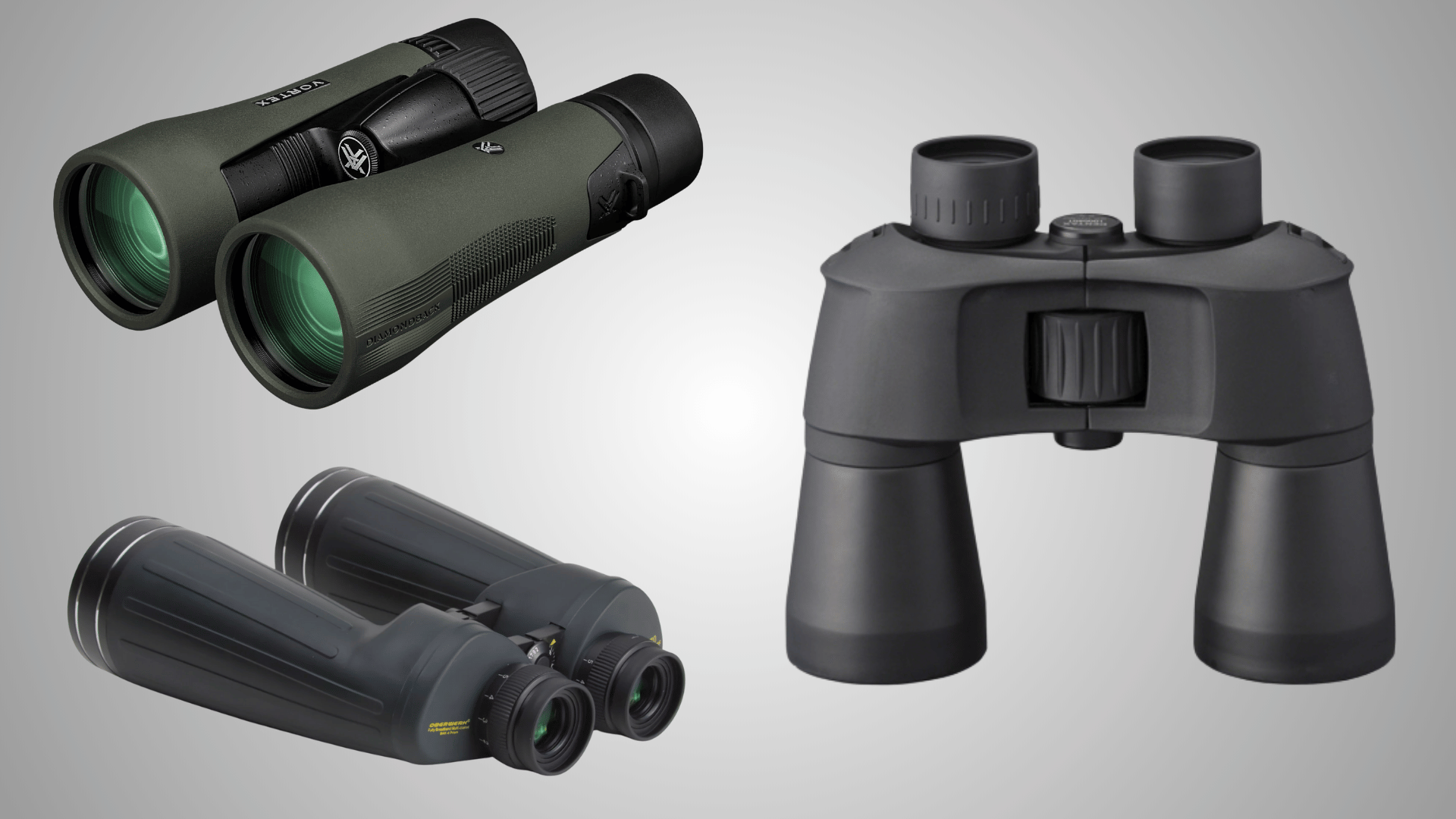Ready to bring the stars closer without spending thousands on a telescope? I found that choosing the right binoculars for stargazing can change my viewing experience.
Unlike telescopes, binoculars are portable, easy to use, and provide a wider field of view that helps me scan the night sky effortlessly.
I used to assume telescopes were necessary for astronomy, but I have learned that quality binoculars often deliver better results for observing star clusters, the moon, and even some galaxies.
The market offers countless options with different specifications, making the selection process confusing for me as a newcomer.
What to Look for in Stargazing Binoculars
Several key specifications determine how well binoculars perform for astronomical observation under night sky conditions.
Magnification and aperture size are the two most important numbers to consider when selecting equipment. The best binoculars typically have magnifications between 7x and 10x, which provide steady images without requiring a tripod.
Larger aperture sizes, measured in millimeters, gather more light and reveal fainter celestial objects in dark skies.
Optical quality matters significantly, so look for fully multi-coated lenses that maximize light transmission and reduce glare.
Weight and comfort also play crucial roles since holding binoculars for extended periods while observing the cosmos can become tiring quickly.
Best Expert-Recommended Binoculars for Stargazing
I have carefully selected these binoculars based on testing and recommendations from astronomy experts for their optical quality, value, and stargazing performance capabilities.
1. Celestron SkyMaster 15×70
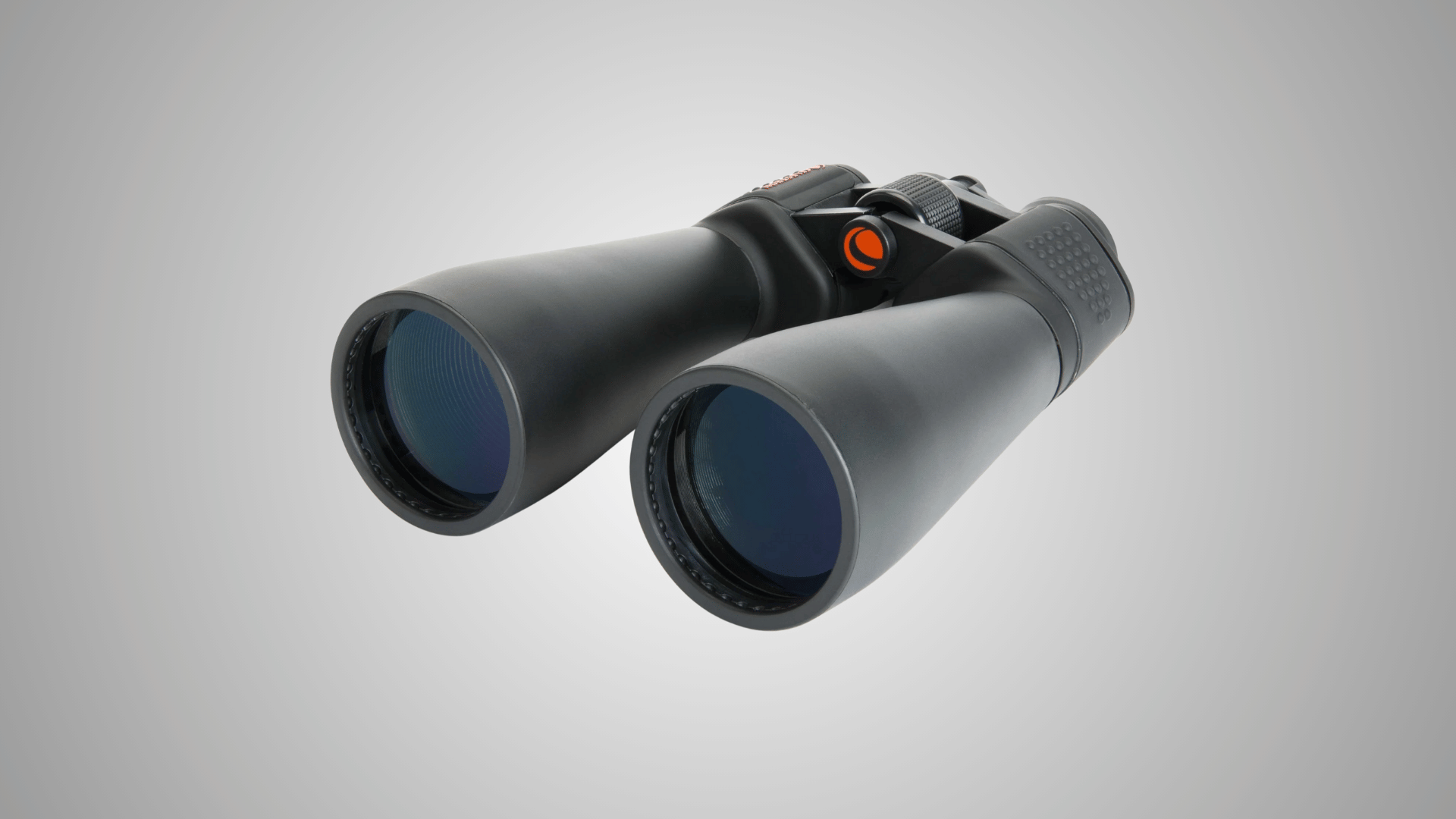

Celestron SkyMaster 15×70, in my opinion, delivers impressive views of deep-sky objects and lunar features at an affordable price point.
These are among the best binoculars for stargazing, featuring large 70mm objectives that gather substantial light for viewing faint stars and nebulae.
Multi-coated optics provide clear, sharp images with good contrast across the field of view.
- Magnification: 15x power
- Lens diameter: 70mm objective lenses
- Lens coating: Multi-coated optics
2. Nikon Aculon A211 10×50
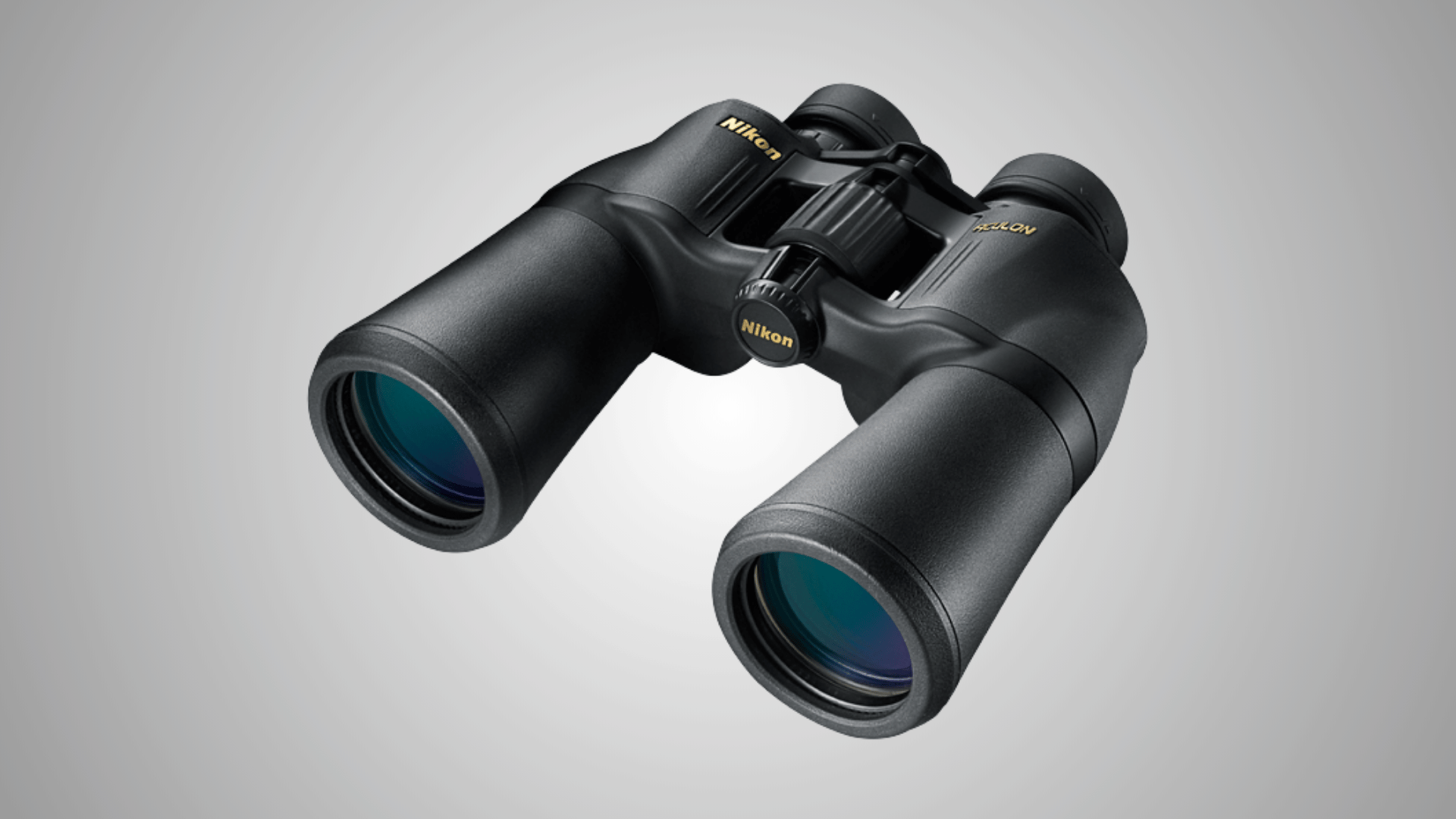

Nikon Aculon A211 10×50 binoculars offer excellent value for beginners starting in astronomy on a budget.
These provide bright, clear images with aspherical lenses that minimize distortion at the edges. Large 50mm objectives collect enough light to clearly reveal the moon’s craters and brighter star clusters.
- Magnification: 10x power
- Lens diameter: 50mm objective lenses
- Lens coating: Multi-coated lenses
3. Orion 09332 Giant View 25×100


Orion Giant View 25×100 represents serious astronomy equipment designed for dedicated observers seeking maximum aperture.
These massive binoculars require a sturdy tripod but reward users with breathtaking views of galaxies and nebulae. The enormous objectives gather tremendous amounts of light, revealing celestial objects invisible to smaller binoculars.
- Magnification: 25x power
- Lens diameter: 100mm objective lenses
- Lens coating: Fully multi-coated optics
4. Celestron SkyMaster 25×70
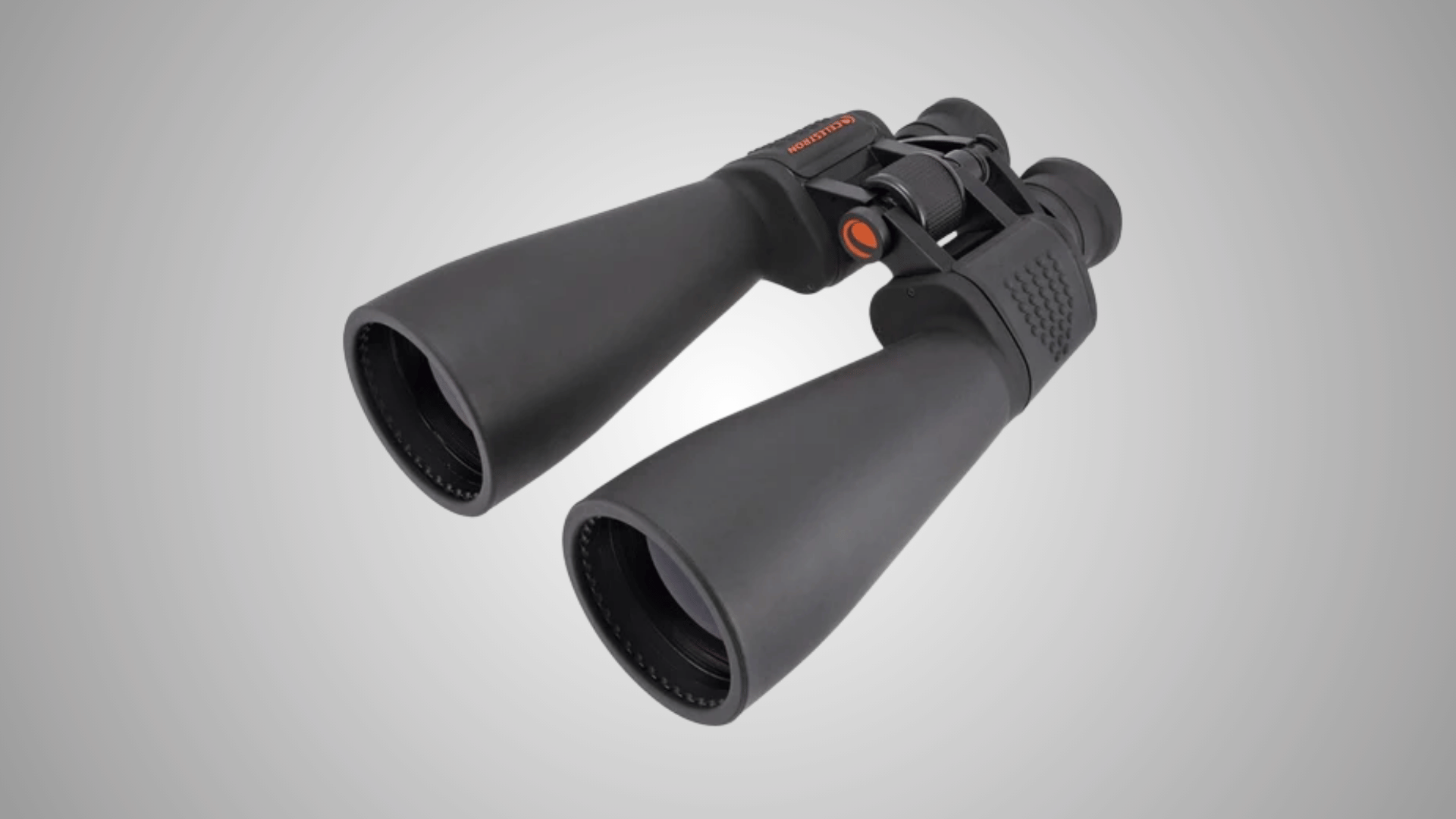

I find the Celestron SkyMaster 25×70 binoculars effectively bridge the gap between handheld models and giant astronomy binoculars.
The magnification provides detailed views of the moon, planets, and deep-sky objects when mounted properly. These include a built-in tripod adapter for stable viewing during long observation sessions.
BaK-4 prisms deliver sharp, high-contrast images with excellent edge-to-edge clarity across the viewing field.
- Magnification: 25x power
- Lens diameter: 70mm objective lenses
- Lens coating: Multi-coated optics
5. Bushnell Legacy WP 10×50
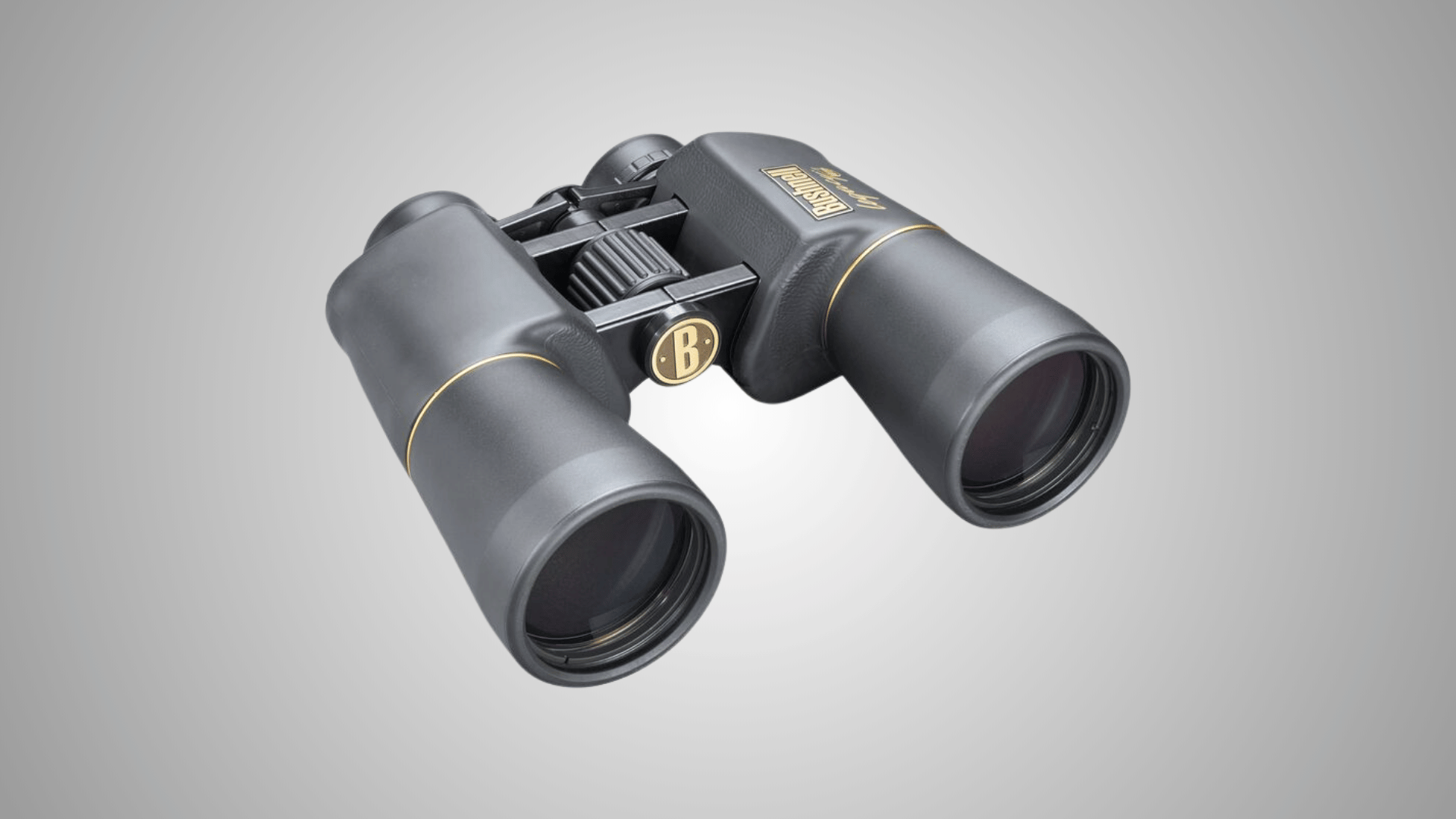

Bushnell Legacy WP 10×50 binoculars combine waterproof construction with excellent optical performance for all-weather stargazing.
These features include nitrogen-purged housing that prevents internal fogging during temperature changes. Ultra-wide band coating on all lens surfaces maximizes light transmission for brighter images in dark conditions.
- Magnification: 10x power
- Lens diameter: 50mm objective lenses
- Lens coating: Fully multi-coated lenses
6. Meade Instruments 125001 15×70 Astro
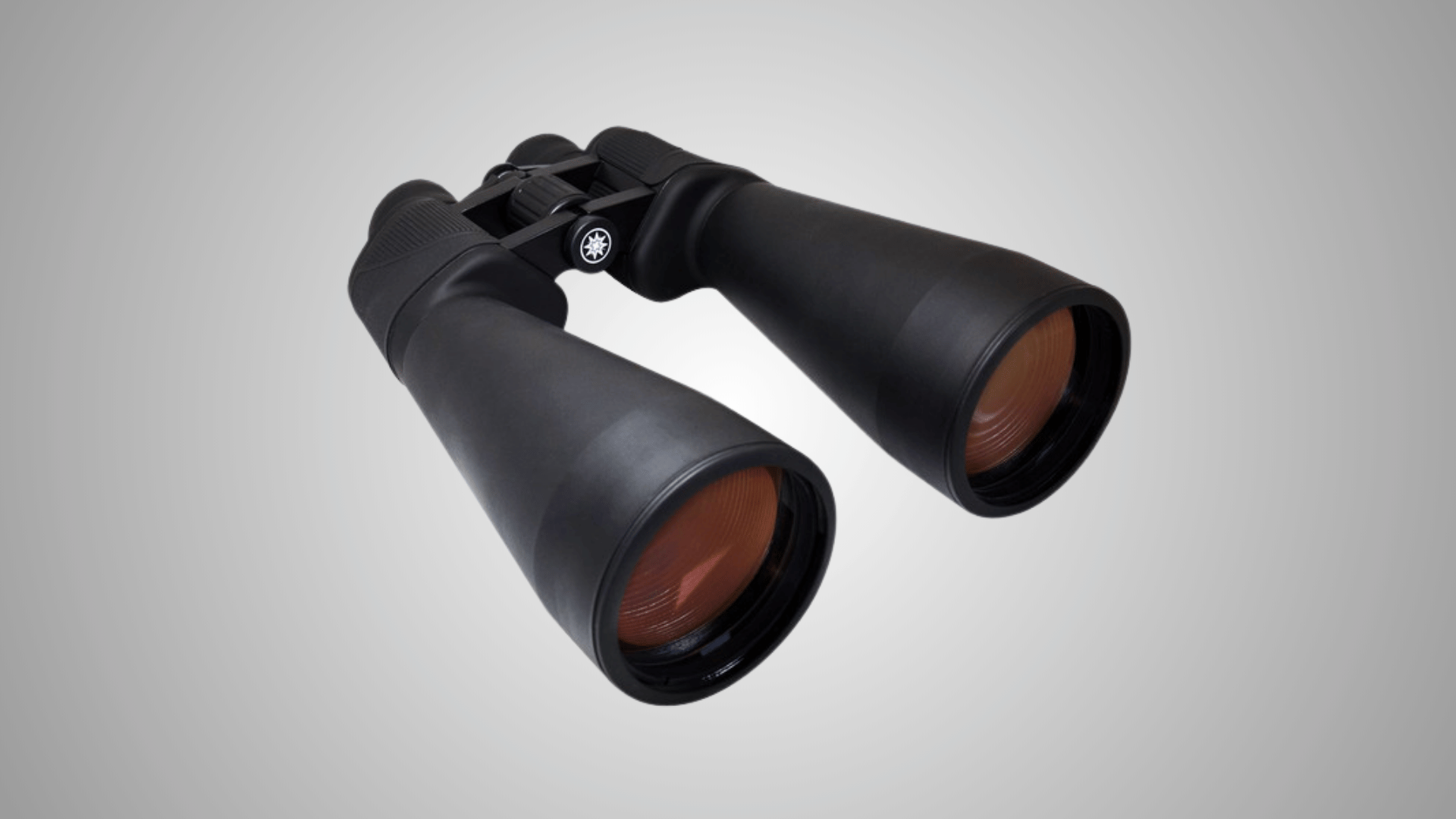

The Meade Astro 15×70 binoculars are purpose-built for astronomy, featuring optics specifically designed for night sky observation.
The large aperture gathers substantial light to reveal faint stars and deep-sky objects clearly. These include a tripod adapter for mounting during extended viewing sessions under dark skies.
High-quality BaK-4 prisms and multi-coated lenses produce sharp, bright images with accurate color reproduction.
- Magnification: 15x power
- Lens diameter: 70mm objective lenses
- Lens coating: Multi-coated optics
7. Fujinon Polaris 10×50 FMTSX
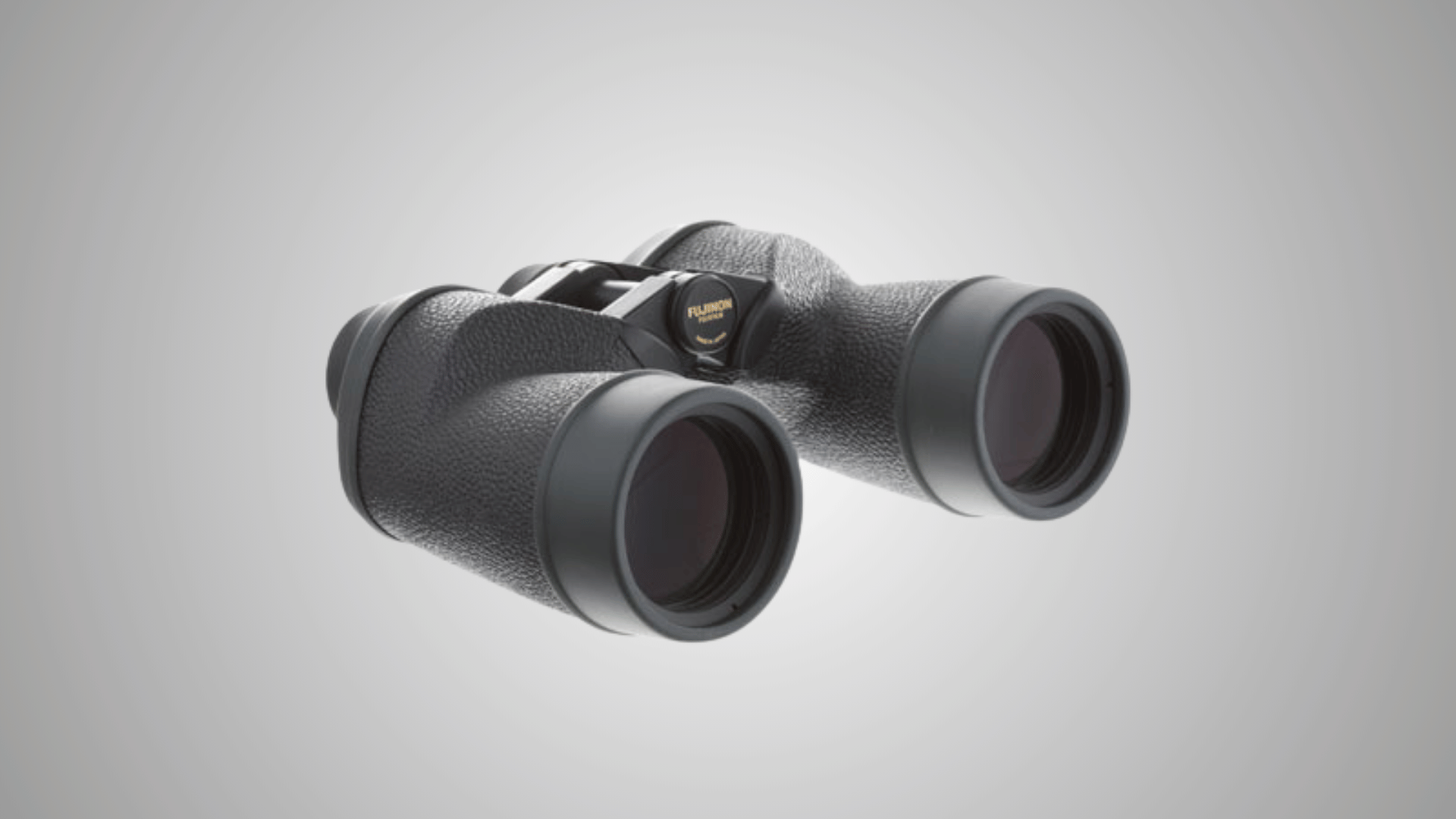

Fujinon Polaris 10×50 FMTSX binoculars deliver premium optical quality with Japanese engineering and construction standards. These features have proprietary lens coatings that provide exceptional light transmission and contrast.
Waterproof and fog-proof construction ensures reliable performance in various weather conditions throughout the year.
- Magnification: 10x power
- Lens diameter: 50mm objective lenses
- Lens coating: Proprietary multi-coated optics
8. Vortex Optics Diamondback HD 10×50
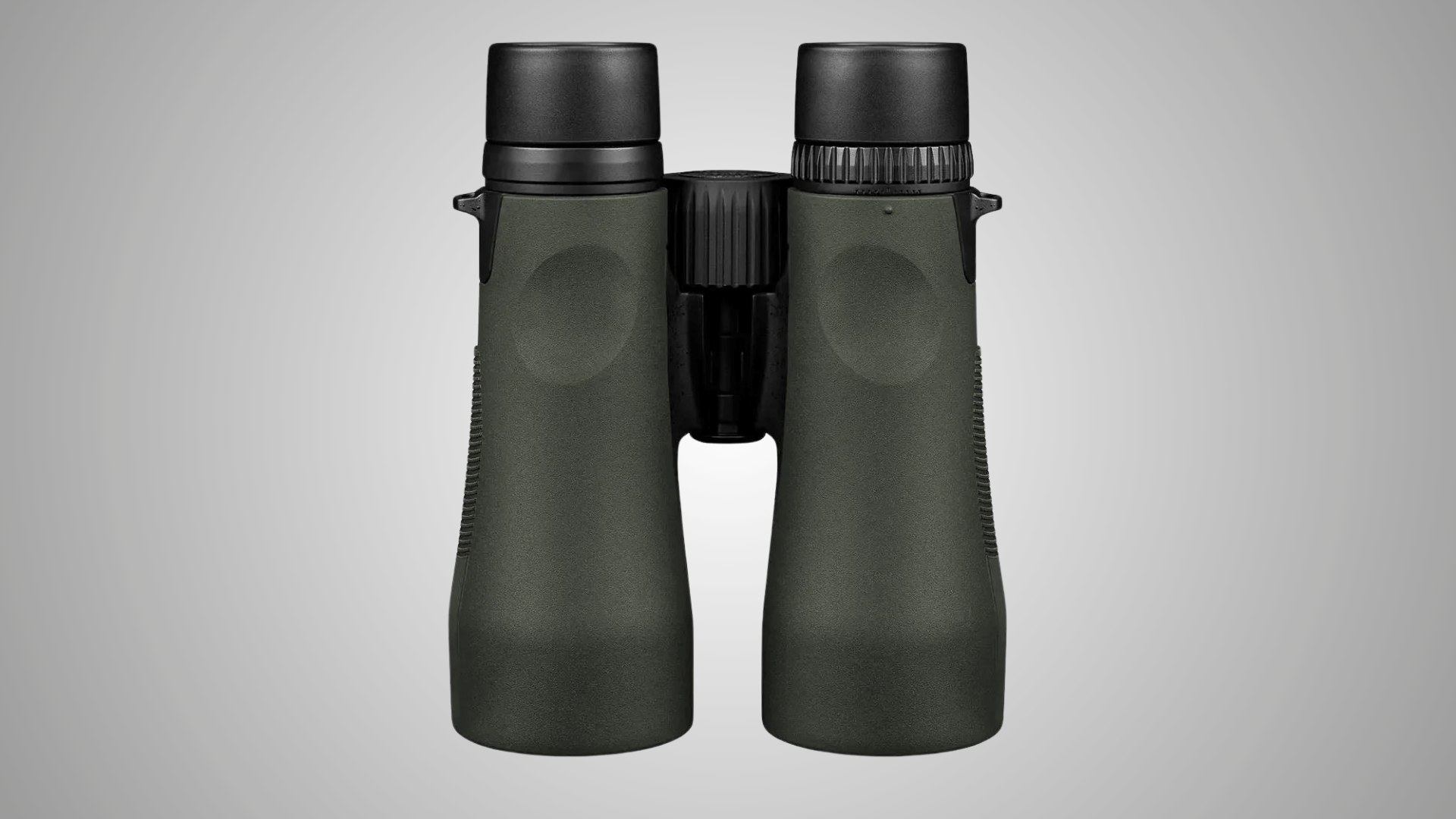

Vortex Diamondback HD 10×50 binoculars feature high-density extra-low dispersion glass for superior image quality. These provide exceptional color accuracy and sharpness across the entire field of view.
Dielectric prism coatings deliver outstanding light transmission, producing bright images under dark sky conditions.
- Magnification: 10x power
- Lens diameter: 50mm objective lenses
- Lens coating: Dielectric multi-coated HD lenses
9. Celestron Nature DX 8×42


Celestron Nature DX 8×42 binoculars offer lower magnification that creates rock-steady images without tripod support.
These work excellently for scanning the Milky Way and locating celestial objects. The 8x power provides a wider field of view compared to higher magnification models for better sky coverage.
Fully multi-coated optics and BaK-4 prisms deliver bright, sharp images with natural color rendition.
- Magnification: 8x power
- Lens diameter: 42mm objective lenses
- Lens coating: Fully multi-coated optics
10. Oberwerk 15×70 Ultra
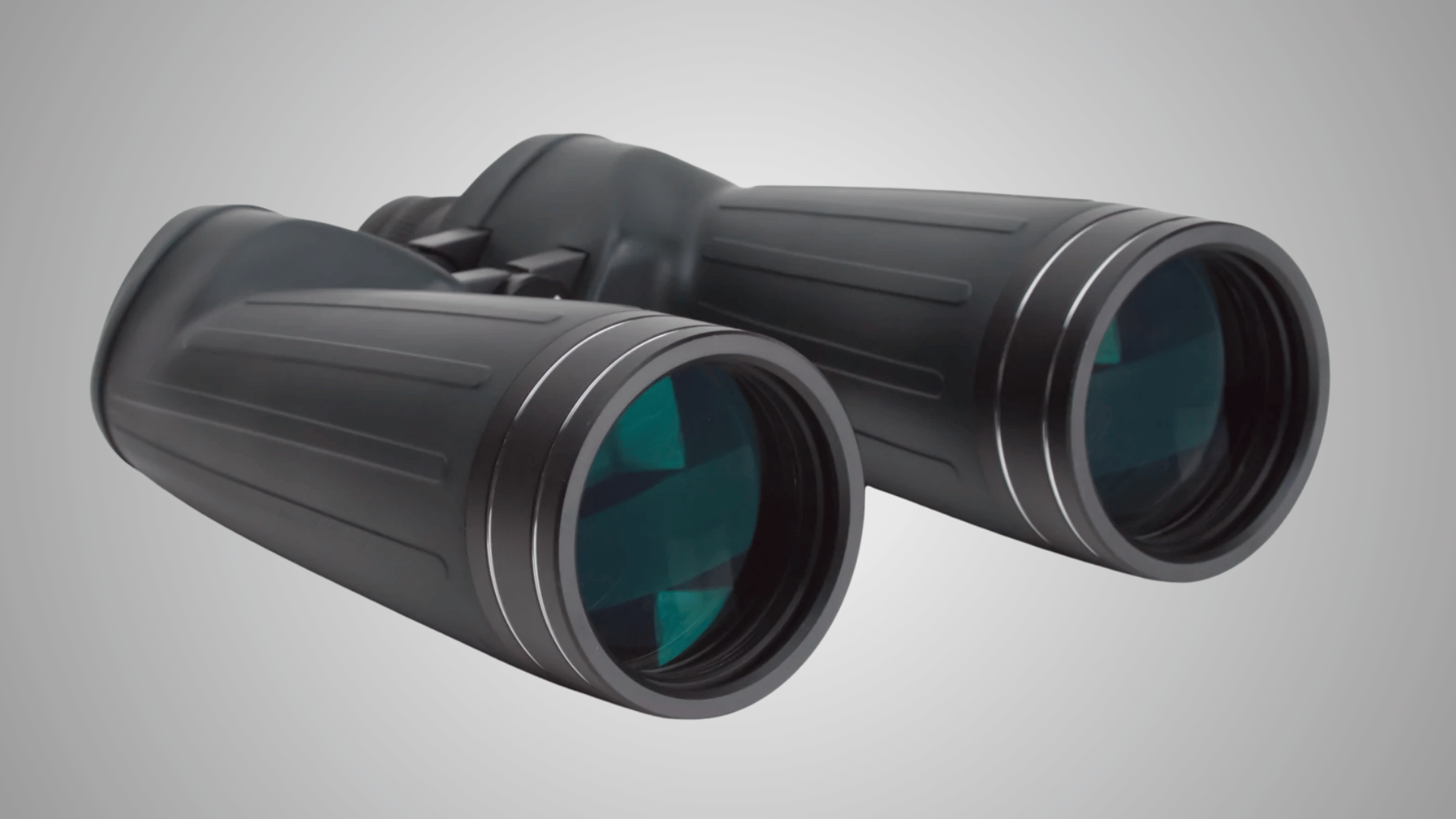

Oberwerk 15×70 Ultra binoculars represent high-end astronomy equipment with exceptional build quality and optical performance. These features include premium BaK-4 prisms and phase-corrected coatings for maximum sharpness.
Individual focus eyepieces allow precise adjustment for each eye, accommodating vision differences between eyes.
- Magnification: 15x power
- Lens diameter: 70mm objective lenses
- Lens coating: Fully multi-coated phase-corrected optics
11. Pentax SP 10×50
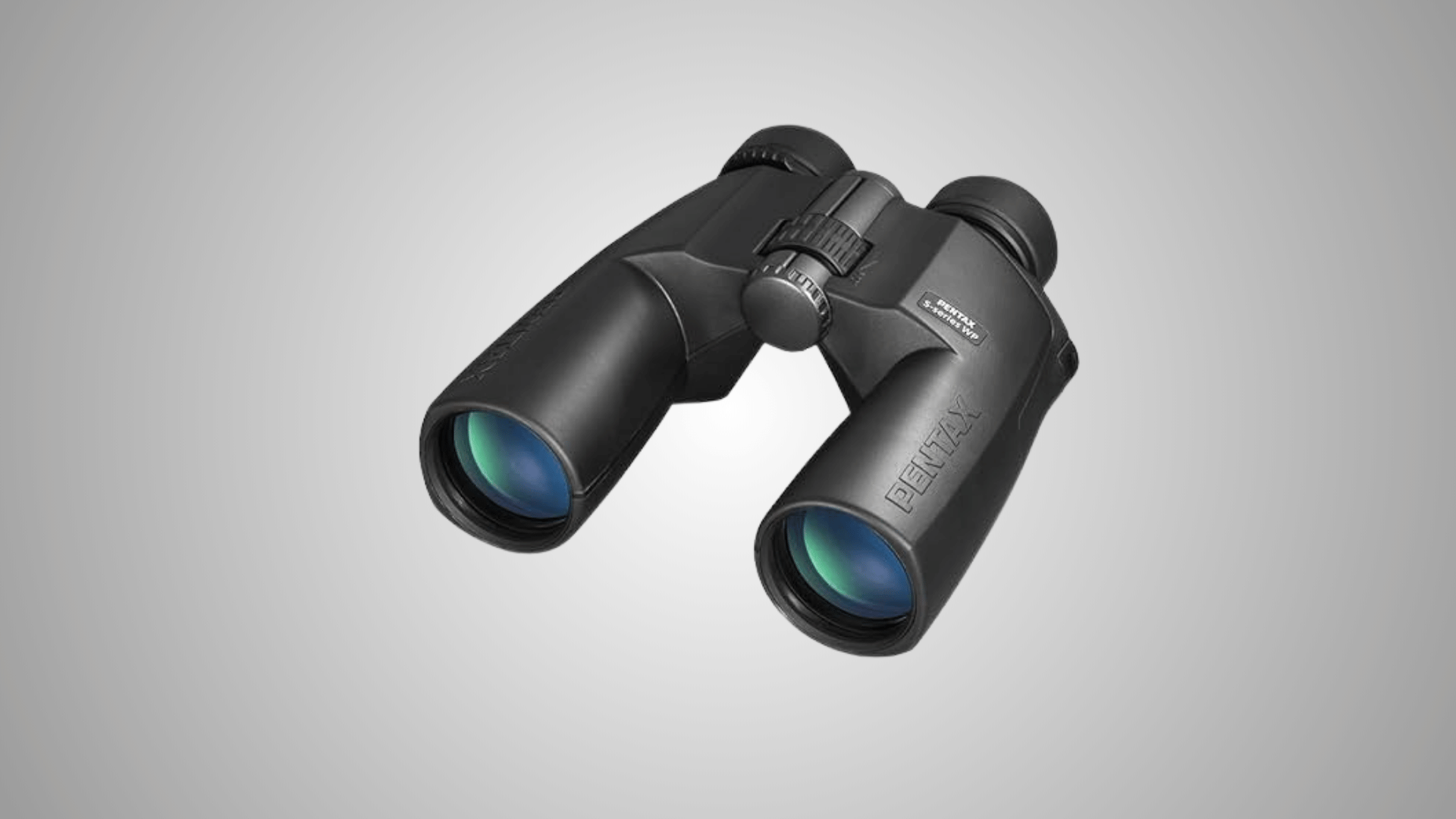

I found the Pentax SP 10×50 binoculars combine classic design with modern optical coatings for reliable stargazing performance.
These feature a porro prism design that delivers excellent depth perception and bright images. Multi-coated optics maximize light transmission, making faint stars more visible under dark sky conditions.
- Magnification: 10x power
- Lens diameter: 50mm objective lenses
- Lens coating: Multi-coated optics
Accessories to Improve Your Stargazing Setup
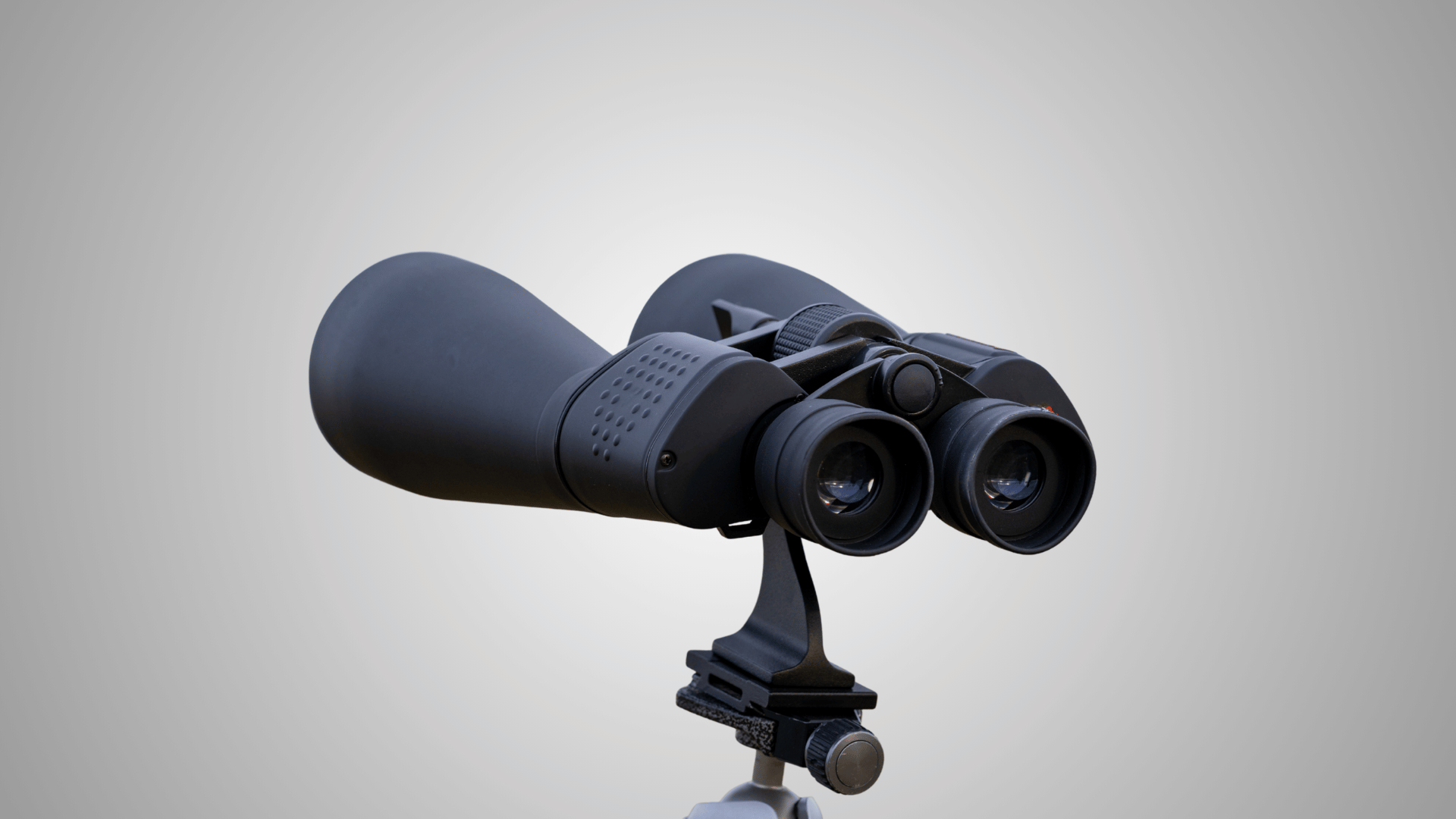

Essential accessories enhance your binocular stargazing experience by providing stability, comfort, and convenience during observation sessions under the night sky.
| Accessory | Purpose | Benefits |
|---|---|---|
| Tripod Adapter | Connects binoculars to a tripod | This method eliminates handshakes for steady views during long observation sessions. |
| Sturdy Tripod | Provides a stable mounting platform | This feature allows comfortable viewing without arm fatigue and improves image steadiness. |
| Red LED Flashlight | Illuminates star charts and equipment | This product preserves night vision while reading maps or adjusting settings in the darkness. |
| Binocular Harness | Distributes heaviness across the shoulders | This design reduces neck strain and keeps binoculars accessible for quick sky scanning. |
| Lens Cleaning Kit | Maintains optical clarity | This product removes dust, moisture, and smudges that degrade image quality over time. |
| Smartphone Adapter | Attaches phone to eyepiece | This device enables photography of the moon and bright celestial objects through binoculars. |
Expert Tips for Stargazing with Binoculars
Following these expert techniques helps maximize your binocular viewing experience and see more celestial objects clearly in the night sky.
- Dark adaptation: Allow your eyes 20-30 minutes to adjust fully before expecting to see faint celestial objects clearly.
- Tripod mount: Use a tripod support for magnifications above 10x to eliminate hand shake and view comfortably for hours.
- Proper technique: Brace your elbows against your body or a solid surface to steady handheld binoculars during observation sessions.
- Exit pupil: Match the binocular exit pupil to your eye’s pupil size by dividing the aperture by the magnification for optimal brightness.
- Interpupillary distance: Adjust the hinge between barrels until you see one circular field instead of two overlapping circles.
- Systematic scanning: Move binoculars slowly across the sky in overlapping sweeps to avoid missing interesting celestial objects.
Conclusion
Now, you know that choosing the best binoculars for stargazing comes down to matching specifications with your observing goals and budget.
Larger apertures like 15×70 or 25×70 reveal fainter objects but require tripod support. I always prioritize fully multi-coated optics for maximum light transmission and image clarity. Remember, quality matters more than magnification.
Consider your physical comfort, viewing environment, and whether you’ll primarily observe handheld or tripod-mounted before making your final decision.
Start your stargazing tonight with the perfect binoculars for your needs.



